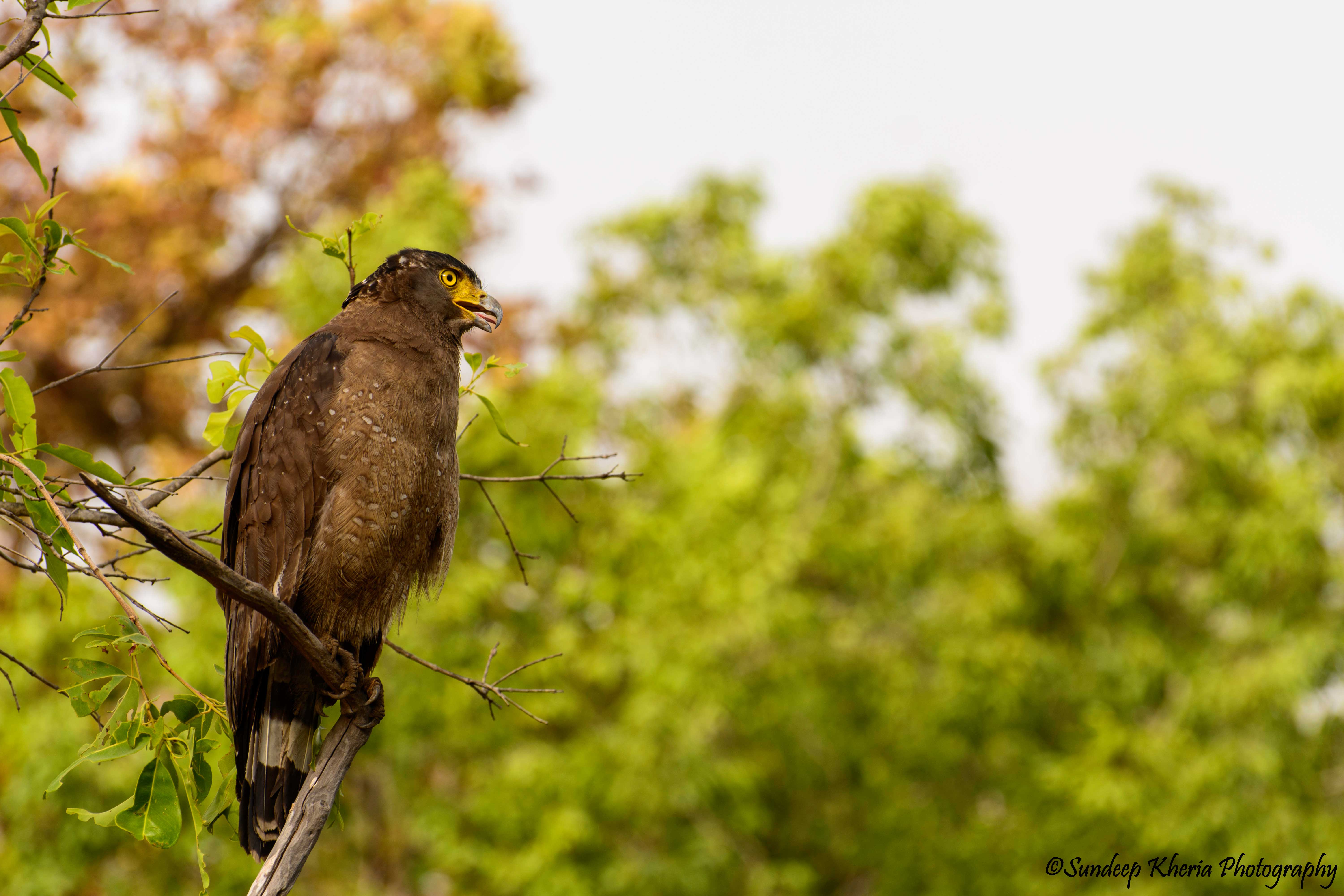- To conserve and maintain overall species diversity for generations to come.
Each of the species found in the reserve has its own importance in the ecosystem and is inter-linked with the other species which helps in protecting our environment. If we want to ensure our own long-term survival then we need to protect each and every species.
- To serve as the conservation unit for the long-term conservation of Tiger since its status indicates the health of the ecosystem.
Tigers are the apex predators in their food chain and are thus very essential for the entire ecosystem to function effectively. Tigers are the indicative species which reflect the health of landscapes they inhabit.
- To minimize the dependency of local communities on forest resources through participatory, site-specific eco-developmental initiatives.
Community forest projects and site-specific compatible inputs would be implemented for local people through eco-developmental works in Buffer Zone.
- To elicit public support/awareness for conservation.
Peoples attitude towards tiger and other wildlife should be positive. Participatory, Community-based and incentive-driven practices that give local people a stake in tiger conservation can turn “prey poachers” into “prey protectors”.
- To ensure sustainable and economically viable eco-tourism involving the indigenous people.
Community managed eco-tourism enterprises and sharing of revenue for conservation and ecotourism activities with local communities will be highly effective.
- To strengthen inter-sectoral and inter-disciplinary coordination for fostering eco-regional development in the landscape; which would complement conservation initiatives in the core unit facilitating gene-flow through forest corridors.
Tiger is a landscape species and to conserve Tigers the whole landscape should be conserved through which the gene pool can be exchanged. Every discipline and sector should co-operate for the landscape level conservation.

 Twitter
Twitter


